Engage in research focused on practical outcomes at the UTS School of Design. Our approach is flexible, working across disciplines and collaborating with industry, government and the community on a range of research projects spanning design thinking, spatial design, memory and technology, and design as material culture.
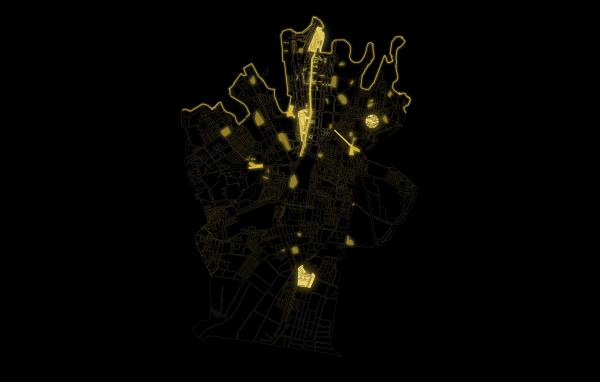
Research
Research projects examples
-
The Art of Writing with Data
The Art of Writing with Data is a series of literary and speculative design-based investigations into telling stories.
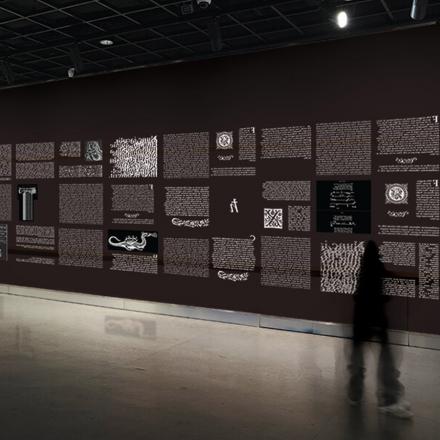
-
A Tale of Two Cities
Colombia’s second-largest city, Medellín, sets two parallel urban conditions against each other that have an inherent proximity.
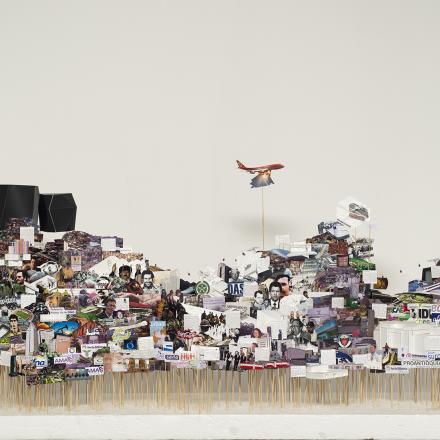
-
Pleasant Island (The Pacific Solution)
The project uses found historical photographs of Nauru from public Australian archives, from the early 20th century.
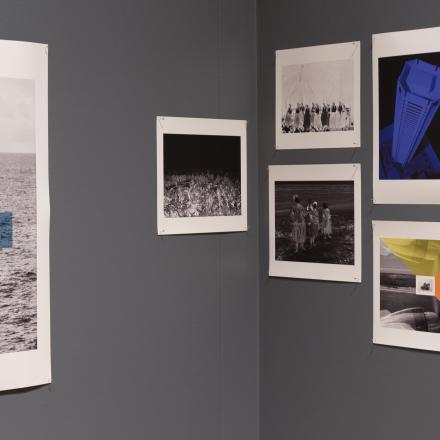
-
DATA LACE
DATA LACE is a large-scale contemporary lace installation that explores how materials might embody place.
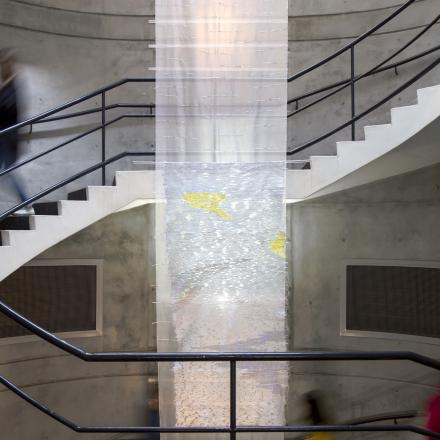
Higher Degree Research
Design challenges are becoming more complex: digitisation, globalisation, the growing importance of services and the shift towards culturally and socially intelligent design means that the profile and role of the designer are changing.
Discover how a research degree with the School of Design will give you the opportunity to combine research skills with your passion.
Find out more about Higher Degree Research
Research student clusters
Sitting within our five research themes are clusters of research students whose thesis topics are all closely aligned. These clusters are led by some of the faculty’s most senior academics, working closely with early and mid-career researchers.
Material Ecologies
Material Ecologies brings together studies in material culture, material thinking and material futures. It encapsulates a range of design practices and materials-led research and is an open space for process-led, experimental inquiry and practice. Material Ecologies investigates new ways of designing with existing and emergent materials so that we can deliberately transition away from petrochemicals towards regenerative systems.
Critical Visualisation
Critical Visualisation researches the capacities and politics of the visual in shaping the critical issues and stories of our time. In an age of global media, images and visualisations influence what we know and how we know it. These conditions demand the study and design of visual narratives, arguments, and interactions that do the important work of giving voice, fostering debate, informing decisions, and making connections across cultures and disciplines.
Change Design
Change Design is applied research into how design practices and perspectives can enable communities and organizations to transition toward more just, diverse and safe futures. Change Design research involves industry partnered projects through which stakeholders reframe existing social challenges in order to make interventions in the quality of everyday practices. These projects create new knowledge about how to best practice Service Design, Design for Social Innovation, and Transition Design. Core to this research is over a decade of internationally recognised research into ways of disaffording anti-social activities in common places and shared services.
Intersectional Design Histories and Theories (including the Imagining Fashion Futures Lab)
Design simultaneously reveals, generates and argues for diverse communities with dignity. Our research reveals new inter-disciplinary histories and theories across intersectional genders, communities, workers, ethnicities and sexualities. We explore the following interwoven themes and topics: Historical and multi-sensory experiences of design; Fashion Studies – historical, theoretical, and practice-led, including textiles; Design and Visual Culture; Australian manufacturing, labour and innovation; Oral History and Design; Environmental Humanities; Queer Theory and Design.
